What is Piracetam?
Piracetam is considered the first nootropic, originally developed in the 1960s by Romanian chemist Corneliu E. Giurgea. It is a derivative of gamma-aminobutyric acid (GABA), though it doesn’t exhibit the same action on GABA receptors. Its mechanisms of action are not fully understood, but it is thought to enhance the communication between brain cells and protect neural structures.
Advantages of Piracetam
Cognitive Enhancement
Memory Improvement: Piracetam is believed to improve memory consolidation, especially in individuals with age-related cognitive decline.
Learning and Focus: It can potentially enhance the ability to learn and concentrate, making it useful for students and professionals.
Neuroprotective Effects: Some studies suggest it may help protect the brain from age-related degeneration or brain injury.
Improved Brain Circulation
It may enhance blood flow to the brain, improving oxygen and glucose metabolism in the brain, which could support overall cognitive function.
Neuroplasticity
Piracetam may encourage neural plasticity, which is the brain’s ability to adapt to new experiences and information.
Treatment for Cognitive Disorders
It has been used to help manage cognitive disorders like dementia, Alzheimer’s disease, and age-related memory decline.
Disadvantages of Piracetam
Effectiveness Variability
Not everyone experiences the same level of benefit, and some may see minimal to no effects. Its effectiveness can depend on the individual’s neurochemistry and the specific condition being treated.
Many users combine piracetam with choline supplements (like alpha-GPC or CDP-choline) to enhance its effectiveness and avoid potential side effects like headaches. This may add an extra cost or complicate the supplementation routine.
Side Effects of Piracetam
Piracetam is generally considered to be well-tolerated, but like any supplement or drug, it can cause side effects, particularly if used improperly or at high doses.
Headaches
One of the most common side effects. It may be due to the increased demand for choline in the brain, which is why combining piracetam with a choline source may help.
Nausea or Digestive Upset
Some people report feeling nauseous or having stomach discomfort.
Anxiety or Restlessness
Piracetam may cause feelings of anxiety or jitteriness in some individuals, particularly at higher doses.
Insomnia
In rare cases, it may lead to trouble sleeping or insomnia, especially if taken late in the day.
Dizziness or Lightheadedness
Some users experience dizziness, particularly when first starting piracetam.
Cognitive Overload
In some cases, the brain may become overstimulated, leading to difficulty focusing or a feeling of being mentally “burned out.”
Rare Side Effects
In rare cases, piracetam can cause allergic reactions, irritability, or skin rash. Long-term high-dose use may have unknown consequences, as research is still ongoing.
Dosage of Piracetam
The standard dosage of piracetam can vary based on individual needs, but typical dosages are as follows:
Initial Dosage: 1.2–2.4 grams per day, divided into 2 or 3 doses.
Therapeutic Dosage: 4.8–9.6 grams per day (divided into 2–3 doses), depending on the condition being treated.
Maintenance Dosage: After an initial period, some people reduce their dosage to around 1.2–2.4 grams per day for long-term use.
For piracetam IP 800 mg, you would typically take 1 to 2 tablets per dose, 2-3 times a day, depending on your physician’s recommendation.
Note: Always consult with a healthcare provider before starting piracetam or any nootropic, especially if you have underlying health conditions or are taking other medications.
Summary
Piracetam is a cognitive enhancer with potential benefits for memory, learning, and brain health.
Advantages include improved cognitive function, memory, and neuroprotection, with possible therapeutic use in age-related cognitive decline.
Disadvantages include variability in effectiveness, limited research, and potential side effects like headaches and nausea.
The typical dosage ranges from 1.2 grams to 9.6 grams per day, divided into multiple doses, and should be tailored to individual needs.

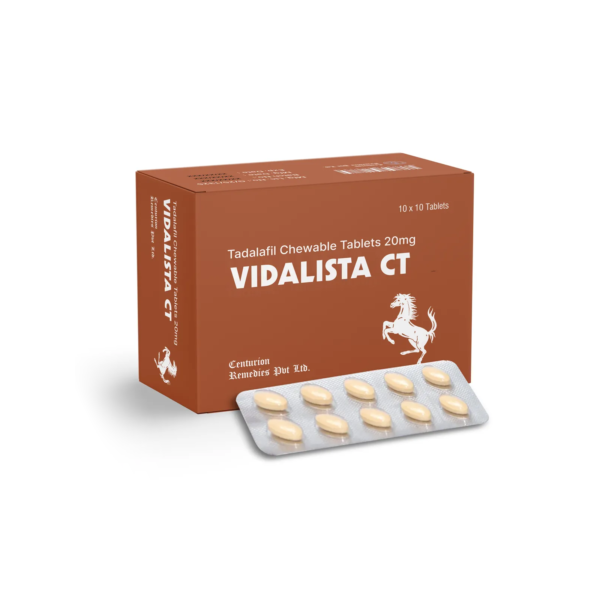

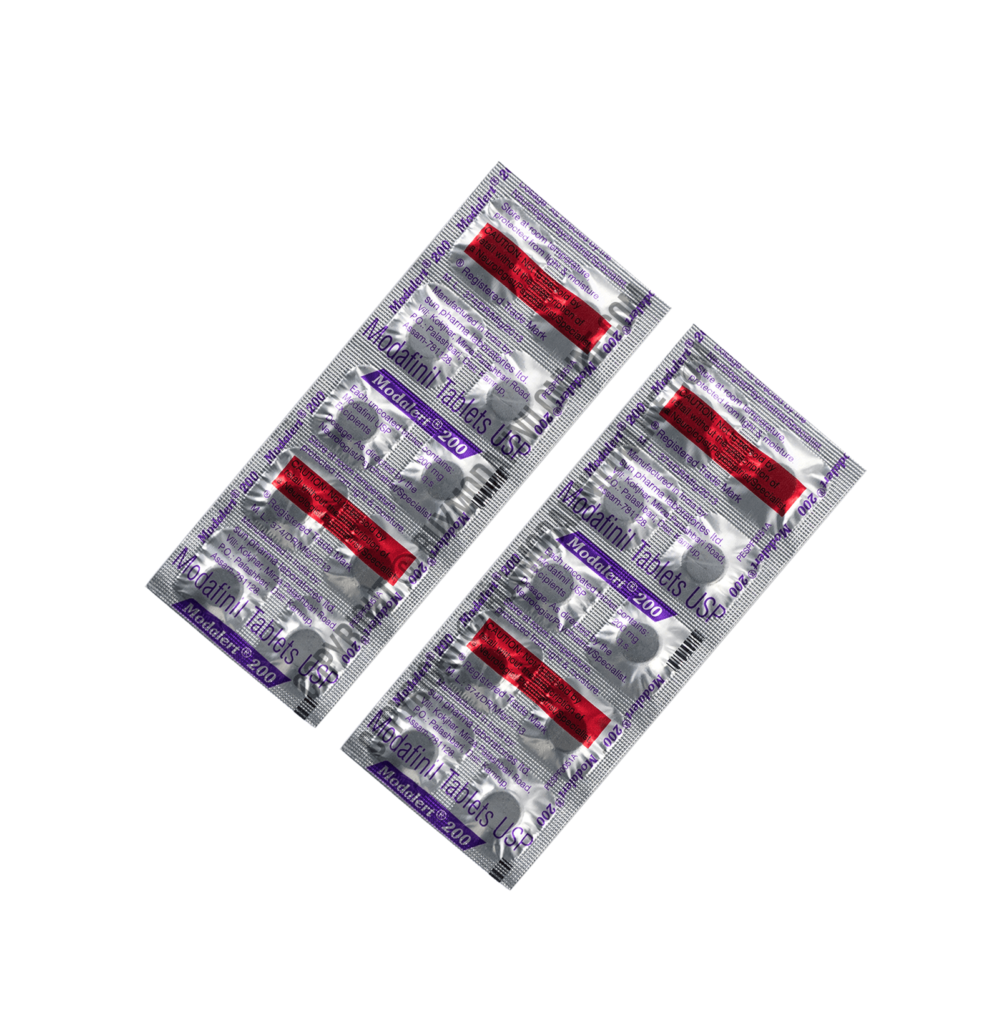


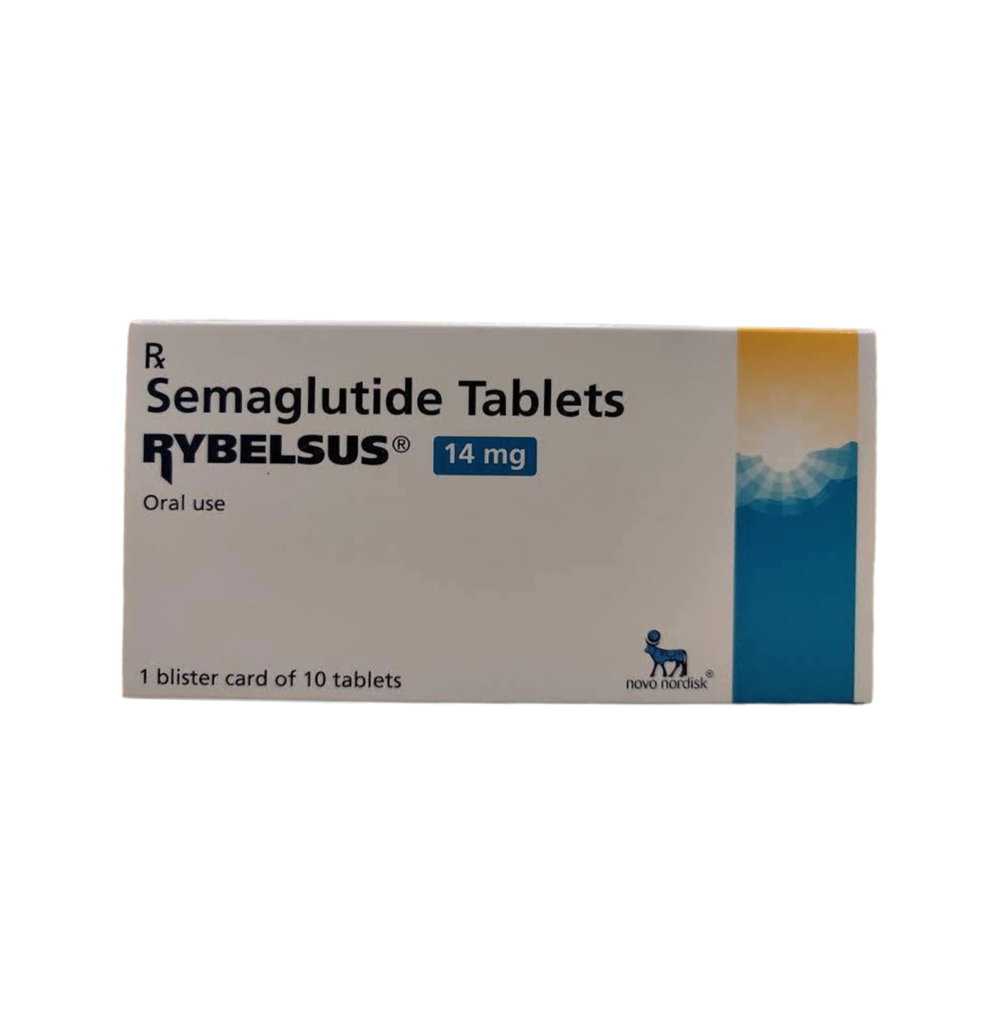
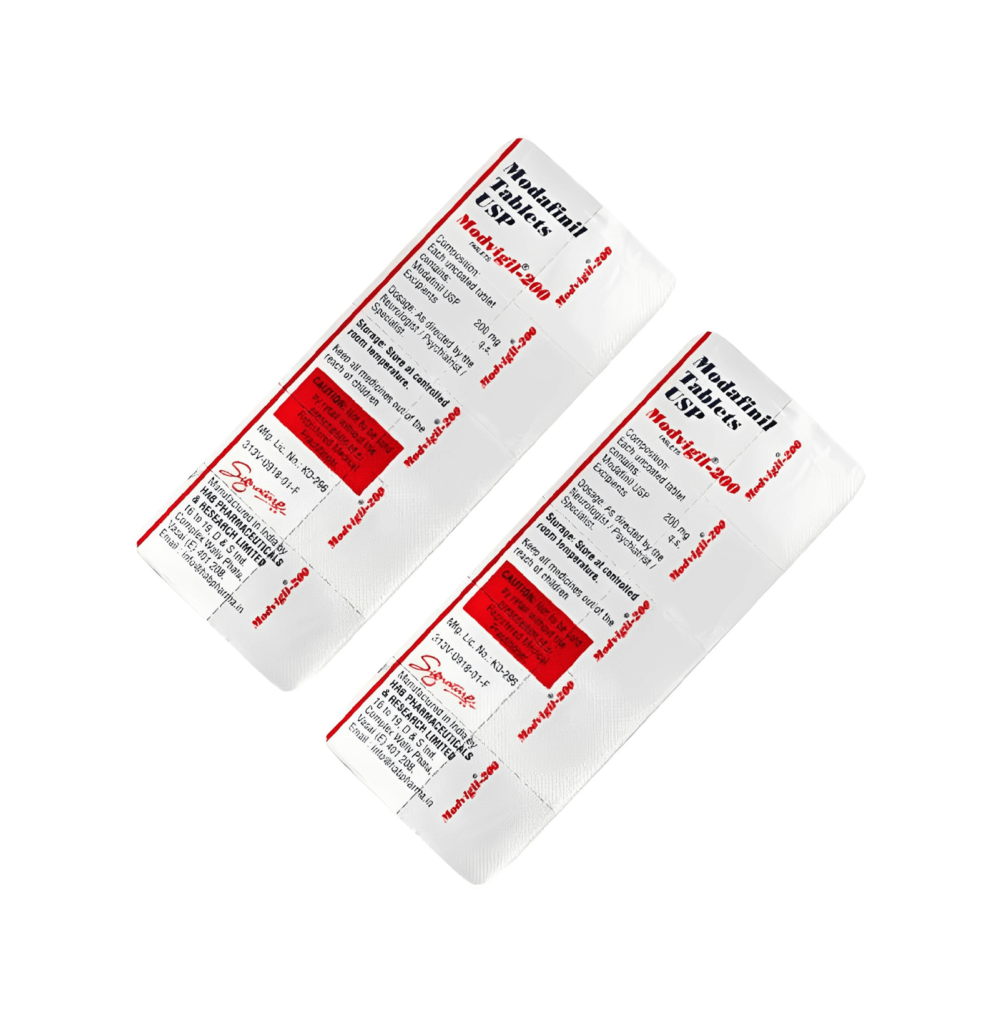
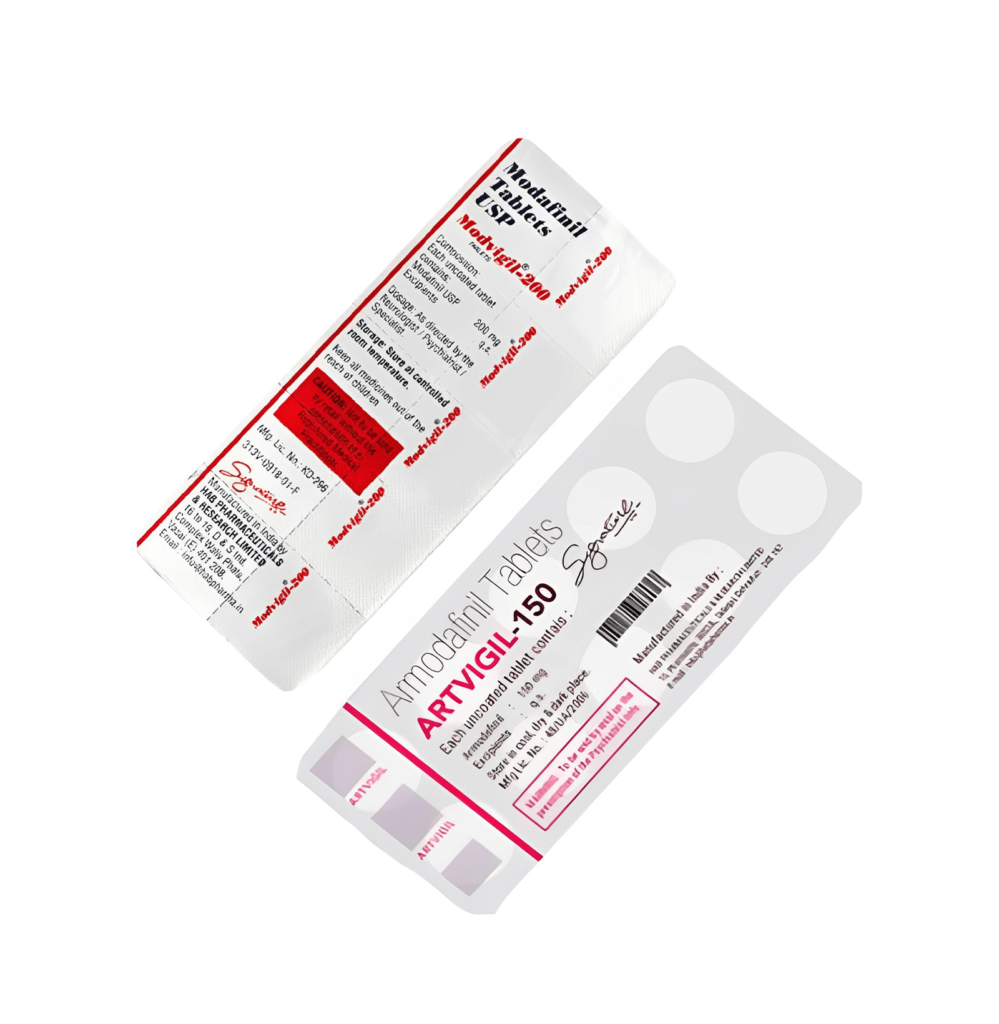

Reviews
Clear filtersThere are no reviews yet.